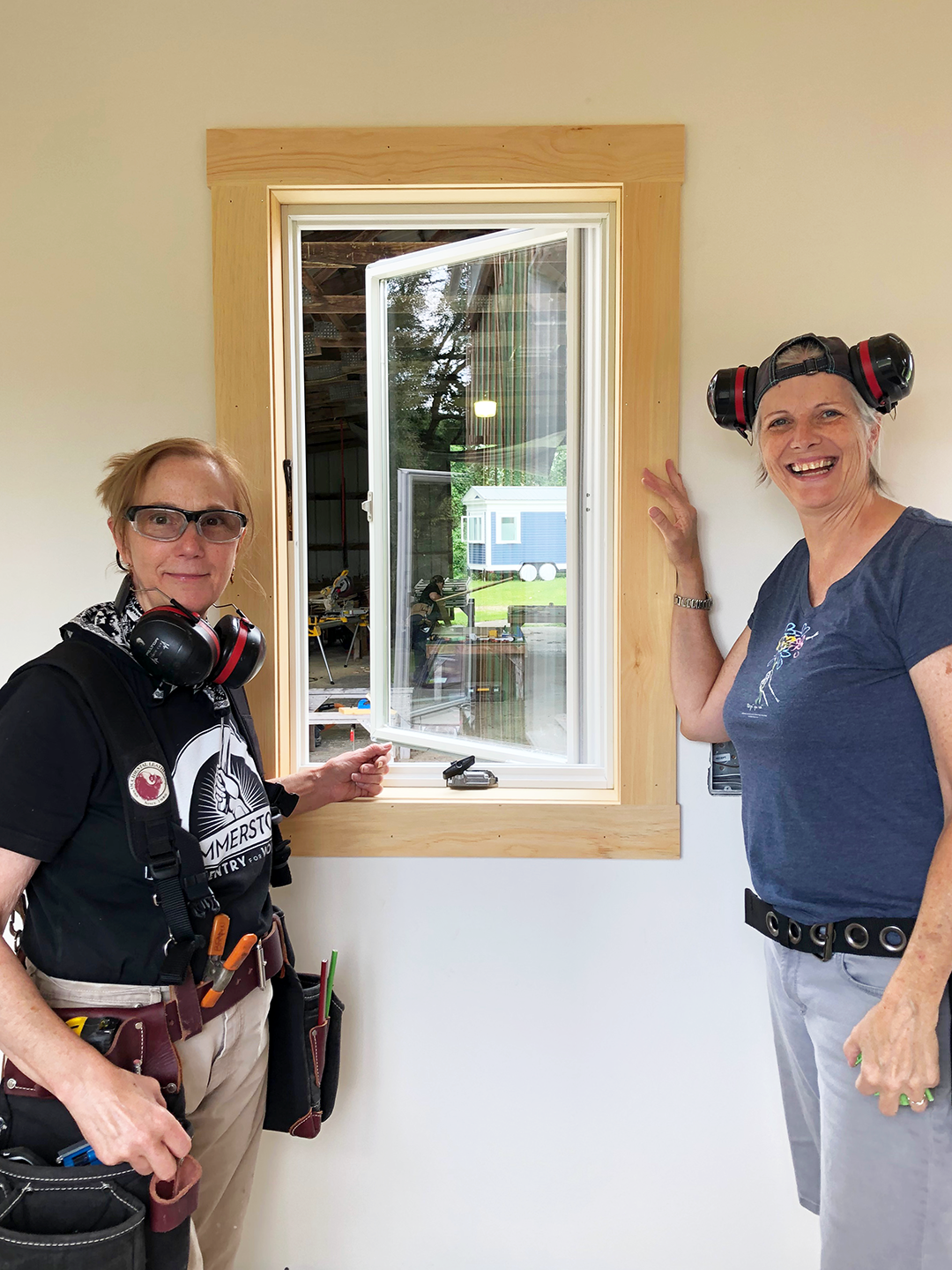What’s in Your Toolbox?
Pocket Hole Jig
By Kimberly Wiman
If you’ve Googled beginner carpentry plans, you’ve surely seen this tool. First made by company Kreg, the Pocket Hole Jig is a tool that’s paired with a drill and driver to neatly and securely join two pieces of wood. It’s used commonly in exterior and interior trim work, cabinetry, and furniture making.
What does it do?
Like any other jig, this tool is used in combination with another tool to create a repeatable result. The Pocket Hole Jig helps you drill a special type of hole for a special type of screw...more on each of those later. The key concept here is that the angle of the screw creates a strong woodworking joint where a screw would otherwise be prone to pulling out (think IKEA furniture falling apart at the corners).
First, you use the jig to line up your drill at a 15-degree angle. Then you use an oversized drill bit, about the thickness of a No. 2 pencil, to drill an angled pocket hole in the wood. Then you position a pocket hole screw in the hole and drive it through the two pieces of wood using an extra-long square drive drill bit.
How does it work?
Because wood’s strength is so dependent upon the orientation of its grain, diving into the wood at a low angle exponentially increases the strength of common woodworking joints. When a screw cuts across wood grain rather than traveling parallel to it, its spiral threading bites into the wood fibers and digs into the wood’s structure. This creates a strong joint. You can apply this concept broadly when joining wood with screws.
What are the common pitfalls?
Using the Pocket Hole Jig is by far one of the quickest way to create a strong woodworking joint. But it’s not a magic bullet! There are a few things that can go wrong when you’re first learning to use this tool. We often assist students with problems related to overdriving the screw, setting up the wood joint in the wrong orientation, and bad alignment. To get hands-on practice with us, sign up for one of the following classes:



